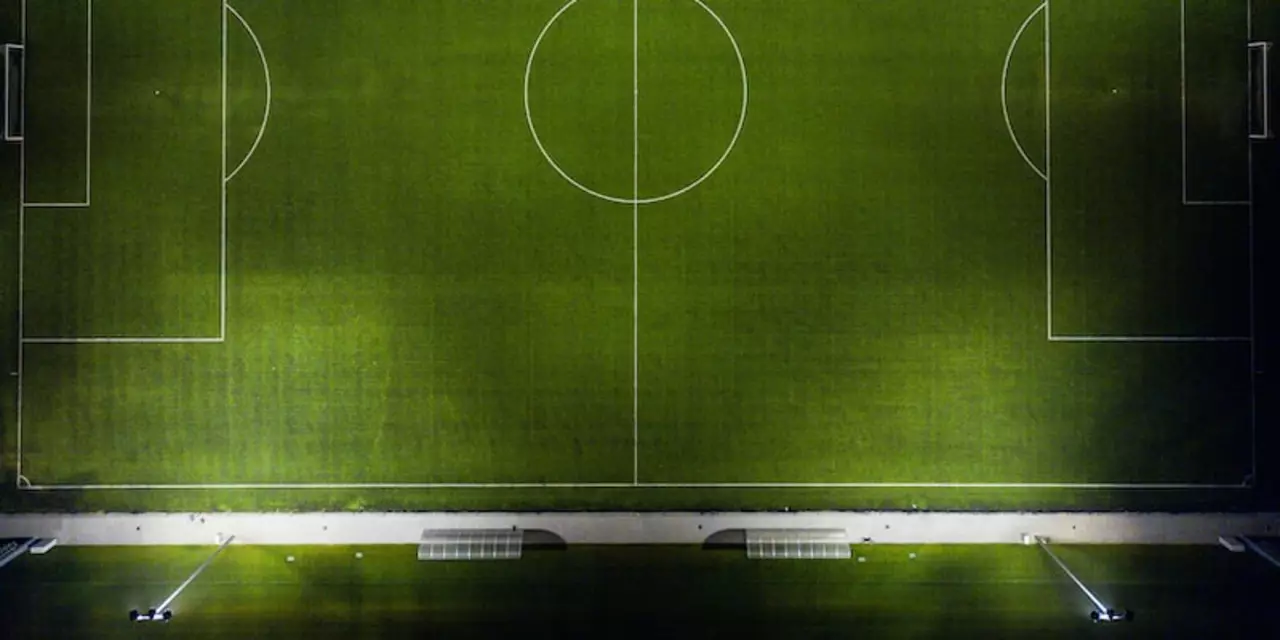Lift Your Soccer Game: Simple Strength Tips for Better Play
Ever wonder why some players seem to explode onto the field while others just shuffle around? A lot of it comes down to how they lift – not the elevator, but the weight they train with. Adding a focused lift routine can give you more power in every sprint, sharper jumps for headers, and a sturdier base for tackling. The good news? You don’t need a fancy gym or a personal trainer to see results.
Why Lifting Matters in Soccer
Soccer isn’t just about footwork; it’s a full‑body sport. When you lift, you strengthen the hamstrings, quads, glutes, and core – the muscles that drive every kick, turn, and run. Strong legs mean you can accelerate faster and recover quicker after a tackle. A solid core helps you stay balanced when opponents try to push you off the ball. In short, lifting builds the foundation that lets your technical skills shine.
Easy Lifts You Can Do Anywhere
Start with three basic moves: goblet squats, split lunges, and farmer’s walks. Grab a kettlebell or a dumbbell (even a heavy backpack works) and do 3 sets of 10‑12 reps. Goblet squats teach proper depth and keep your knees in line with your toes. Split lunges improve single‑leg strength – crucial for those quick changes of direction. Farmer’s walks train grip and core stability; just walk 30‑40 meters with a weight in each hand. Do these twice a week and you’ll feel the difference on the pitch.
If you’ve got a bit more time, add deadlifts and hip thrusts. They target the posterior chain, which is the engine behind powerful shots. Keep the weight moderate – focus on form, not max loads. A good rule of thumb: the weight should let you complete the set without compromising technique. Over time, add 5‑10% more weight each month. Consistency beats intensity; a short, regular routine beats occasional heavy sessions.
Don’t forget to balance lifting with mobility work. After each lift session, stretch the hip flexors, hamstrings, and calves. A quick 5‑minute foam roll can keep muscles supple and reduce injury risk. Pairing strength with flexibility means you stay agile, not stiff, and you’ll keep moving fluidly during games.
Finally, track your progress. Write down the weight, reps, and how you felt that day. After a few weeks, you’ll see patterns – maybe you’re getting faster sprint times or winning more aerial duels. Use that data to tweak your routine, add new lifts, or increase volume. The goal isn’t just to lift heavy; it’s to lift smarter for soccer success.
Ready to give it a go? Grab whatever weight you have at home, set a timer for 20 minutes, and try the three moves above. Your legs will thank you, your teammates will notice the extra burst, and you’ll feel more confident every time you step onto the field.
How can I cause a football/soccer ball to lift when kicking it?

